Feeding your pet the right food at the right time is one of the most important responsibilities of a pet owner. Just like humans, cats and dogs need proper nutrition to grow healthy, stay active, and live a long life. However, the feeding schedule varies depending on your pet’s age, breed, and lifestyle. A small kitten or puppy has very different nutritional needs compared to an adult or senior pet. Likewise, large-breed dogs require different meal plans than small breeds. In this guide, we’ll cover how to structure feeding schedules by age and breed so you can ensure your furry friend gets the best care.
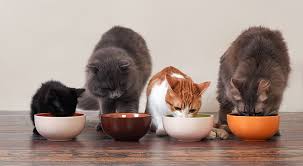
Why Feeding Schedules Matter
Pets thrive on routine. A proper feeding schedule:
Supports healthy growth and development.
Prevents obesity and underfeeding.
Helps with digestion and energy levels.
Encourages discipline and reduces begging or food aggression.
Now, let’s look at the ideal feeding schedules based on age and breed.
Feeding by Age
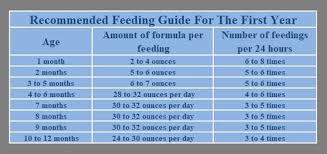
Puppies and Kittens (0–6 months)
Young pets grow rapidly and need frequent meals packed with protein, fats, and essential nutrients.
Puppies (0–3 months): Feed 4–5 small meals daily. Choose high-quality puppy food designed for growth.
Kittens (0–3 months): Feed 4–6 small meals daily with kitten formula if not weaned, then transition to wet or dry kitten food.
As they reach 4–6 months, you can gradually reduce feeding to 3–4 times per day. Always provide fresh water, as hydration is crucial for young pets.
Adolescents (6–12 months)
During this stage, pets are still growing but can handle fewer meals.
Puppies: 2–3 meals per day, depending on breed size.
Kittens: 3 meals per day, with a mix of wet and dry food for balanced nutrition.
Adolescent pets often have high energy levels, so portion sizes should match their activity.
Adult Pets (1–7 years)
Once fully grown, most pets do best with two meals per day.
Dogs: Two meals (morning and evening). Small breeds may benefit from three smaller meals to maintain stable blood sugar.
Cats: Two meals, but some cats prefer “free-feeding” with dry food available throughout the day. However, portion control is essential to prevent obesity.
Adult pets need balanced maintenance diets with fewer calories than growing animals.
Senior Pets (7+ years)
Older cats and dogs have slower metabolisms and may develop health issues like arthritis or kidney problems.
Dogs: Two small meals per day, with senior dog food that supports joint and organ health.
Cats: Two meals daily, ideally with wet food for easier digestion and hydration.
Frequent vet checkups will help adjust diets to meet changing needs.
Feeding by Breed
Small-Breed Dogs
Small dogs like Chihuahuas, Pomeranians, and Shih Tzus have faster metabolisms.
Require more calories per pound than large breeds.
Benefit from 3–4 small meals per day to prevent low blood sugar.
Choose small-kibble formulas for easier chewing.
Large-Breed Dogs
Large breeds such as German Shepherds, Labradors, and Great Danes grow slower but are prone to joint issues.
Feed 2 meals per day to avoid bloating and digestive problems.
Use large-breed formulas with controlled calcium and phosphorus for bone health.
Avoid free-feeding, as overeating can lead to obesity.
Cats by Breed
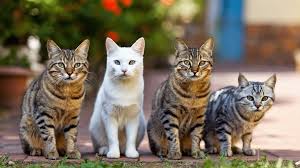


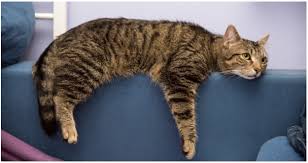
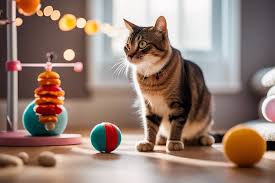

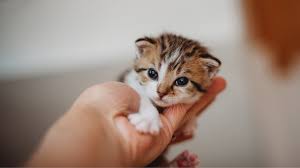
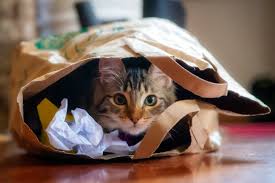
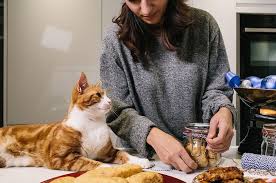
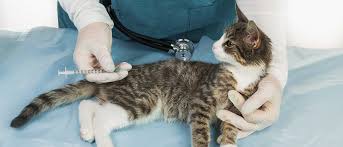
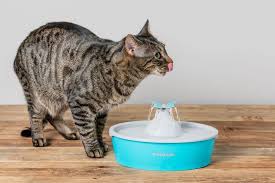

Leave a Reply